Demand Generation vs. Lead Generation: What’s the Difference?
If you’re trying to grow your business online, you’ve probably come across the terms demand generation and lead generation. Both are essential for attracting and converting customers, but they serve different purposes in your marketing strategy.
So, what exactly is the difference between demand generation vs. lead generation? And how can you implement both for maximum impact? Let’s break it down.

What is Demand Generation?
Demand generation focuses on creating brand awareness and educating potential customers before they’re ready to buy. The goal is to build trust and generate interest in your product or service, even if someone isn’t currently looking to purchase.
Key Characteristics of Demand Generation:
✅ Top-of-Funnel Strategy – Aims to attract and engage a broad audience.
✅ Educates & Inspires – Content is designed to inform, not sell.
✅ No Immediate Conversion Goal – It nurtures long-term brand trust.
✅ Widely Distributed Content – Social media, blog posts, PR, and organic outreach play a big role.
Examples of Demand Generation:
📌 Blog posts, podcasts, and webinars that educate your audience.
📌 Social media posts that spark conversation and engagement.
📌 SEO-driven content that ranks for industry-related searches.
📌 Free ungated resources (e.g., an eBook that doesn’t require an email sign-up).
Demand generation warms up your audience so that when they do enter the buying phase, your brand is already top of mind.

What is Lead Generation?
While demand generation creates awareness, lead generation focuses on capturing potential customers’ details and converting them into leads. It involves persuading someone to take action—whether that’s signing up for a newsletter, booking a call, or downloading a gated resource.
Key Characteristics of Lead Generation:
✅ Mid-to-Bottom-Funnel Strategy – Targets people who are considering solutions.
✅ More Targeted Approach – Designed to convert warm leads into customers.
✅ Relies on Forms & CTAs – Gated content, lead magnets, and email sign-ups are common.
✅ Uses Paid & Organic Methods – Lead gen strategies often involve ads and retargeting.
Examples of Lead Generation:
📌 A downloadable checklist in exchange for an email address.
📌 LinkedIn lead form ads that collect business inquiries.
📌 A webinar that requires registration to attend.
📌 Landing pages with a strong call-to-action to book a consultation.
Lead generation turns demand into action by giving interested prospects a reason to engage directly with your brand.
Demand Generation vs. Lead Generation: Key Differences
| Factor | Demand Generation | Lead Generation |
|---|---|---|
| Goal | Create awareness & interest | Capture leads & drive conversions |
| Audience | Broad, top-of-funnel | More targeted, ready-to-buy |
| Content Focus | Educational, value-driven | Action-oriented, conversion-focused |
| Examples | Blog posts, organic social, podcasts | Webinars, lead magnets, gated content |
Both demand generation and lead generation are important, but they work best together. Demand generation attracts and nurtures, while lead generation converts and closes.
How to Implement Demand & Lead Generation for Your Business
Now that you understand demand generation vs. lead generation, here’s how to easily implement both into your marketing strategy for quick wins:
Step 1: Create Demand-Driven Content
➡ Write SEO-optimized blog posts that provide valuable insights.
➡ Share educational social media content that resonates with your audience.
➡ Host webinars or live Q&A sessions to engage potential customers.
Step 2: Capture & Nurture Leads
➡ Offer gated resources (e.g., whitepapers, exclusive guides).
➡ Use email marketing to nurture leads with valuable follow-ups.
➡ Run retargeting ads to re-engage visitors who showed interest.
Step 3: Combine Both for Long-Term Growth
➡ Promote demand generation content (like blog posts) via email.
➡ Use insights from demand gen efforts to improve lead gen conversions.
➡ Ensure your lead generation forms and CTAs align with your demand generation messaging.
By implementing both demand generation and lead generation, you can attract, nurture, and convert customers more effectively—without relying on cold outreach or hard sales tactics.
Final Thoughts
If you want to scale your business, it’s not a case of choosing demand generation vs. lead generation—you need both. Demand generation builds your audience and authority, while lead generation captures high-intent prospects and turns them into customers.
🔍 Need help improving your demand and lead generation strategy?
At Spellbound Marketing, I help businesses get seen, get found, and grow online through SEO, content marketing, and social media strategy. If you’re looking to boost traffic, generate leads, and convert more customers, let’s chat! 🚀
📩 Book a Power Hour or drop your questions in the comments!








